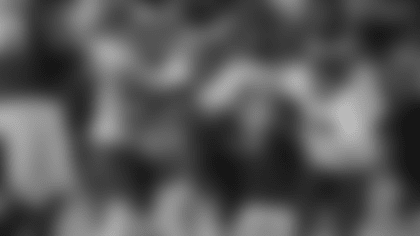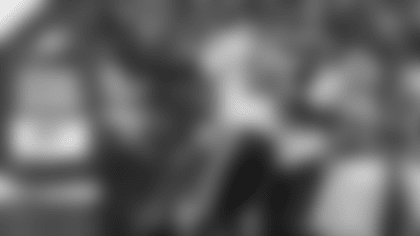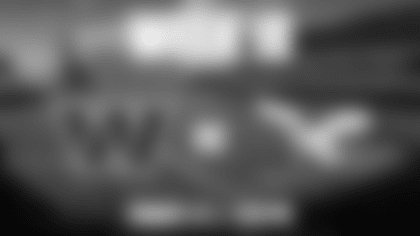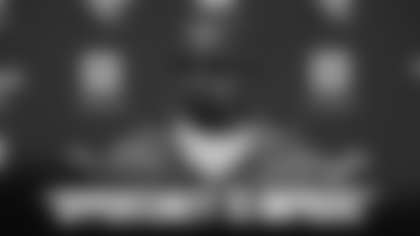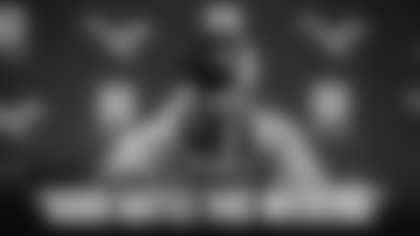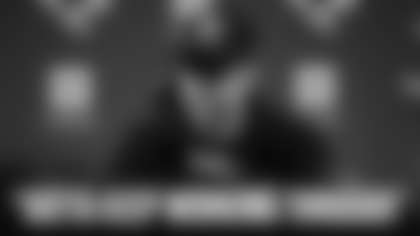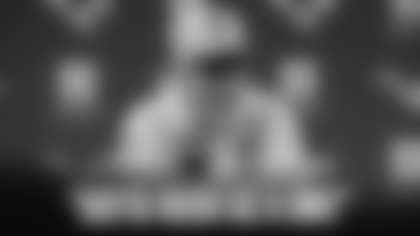There have been over 1,750 men who've played for the Eagles. Twenty-four have served as the head coach. However, only four have done both. One of them is Ed Khayat.
Khayat, a defensive tackle at Tulane, was not drafted in 1957. He was recommended.
"The way I got in the NFL in the first place was because John Mazur, who at one time was a coach with the Eagles, was one of our coaches at Tulane," Khayat says. "He called Washington where Joe Kuharich was the coach and got me a contract as a free agent. I made the team and started quite a few of the games as a rookie and then the next year, I got cut on the last cut."
After returning to his alma mater, where he helped out the coaching staff for a few weeks, Khayat was recommended again in 1958. This time to Philadelphia.
"(Eagles General Manager) Vince McNally called about being on the taxi squad. And the way that worked was, (former center) Ken Farragut was from my hometown, Moss Point, Mississippi, and he talked to the Eagles about giving me a shot. So, I went to Philadelphia on the taxi squad for $150 a week," Khayat says.
"They asked me before I went up there if I could play center, and I said, 'Yeah,' which I never had done. I thought once I got there, they'd already spent the money. ... So, I was the practice squad center for a brief period. I was definitely afraid I was going to break (quarterback Norm) Van Brocklin's fingers (with some of my snaps). Anyway, they moved me to where I belonged, the defensive line, and I got activated for the last half of the season."
Khayat was still there when the following season began, albeit a little larger than when he went into the offseason.
"I talked to Don Joyce, who was a great player with the Baltimore Colts. He said, 'Boy, you've got to get bigger.' I said, 'Yeah, I know that,'" Khayat says. "In those days, very few people knew anything about lifting weights. He said, 'You've got to eat. It works just opposite of a diet. Force-feed yourself about three or four days. Just eat until you're sick. After that, you'll need that much to be happy.'
"So, on February 1, I weighed 232 (pounds). On June 1, I weighed 259. I looked like a sumo wrestler. I worked to get in shape and went to camp weighing 255, and then I played at 250."
Bigger proved to be better. After dropping the season opener against the Cleveland Browns, Khayat helped the Eagles win nine straight games and finish with a 10-2 record. They would become the World Champions after beating Green Bay in the NFL Championship Game, 17-13.
"I'll never forget any of it," Khayat laughed. "A very fond memory was at the end of the game when (Eagles linebacker Chuck) Bednarik was on top of (Packers running back) Jimmy Taylor. And I'm cleaning up what I'm telling you. Jimmy Taylor is saying, 'Let me up, you son of a gun.' And Bednarik's saying, 'I'll let you up, you son of a gun, when the gun goes off.'
"We could feel it coming. We finished second in '59 and we knew we had a good ballclub. When you've got Van Brocklin and (Sonny) Jurgensen as your quarterbacks, you're way ahead of the whole bunch of them.
"That preseason, we beat the Colts, who were the defending World Champs, and we felt pretty good about ourselves. You hear people talk about chemistry. The guys we had were teammates. The closeness that we had and the way that we took care of each other, nobody messed with the Eagles."
Turn back the clock for a look back at the 1960 NFL Champion Philadelphia Eagles.
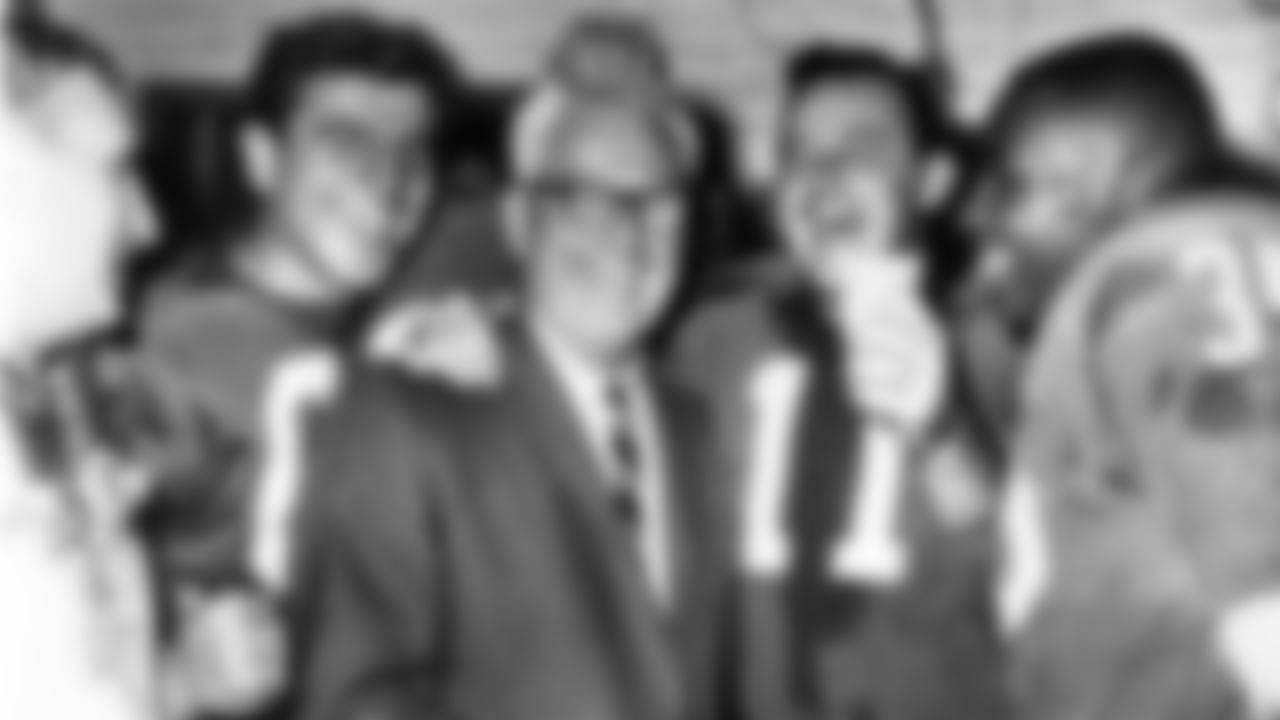
Chuck Bednarik, Coach Buck Shaw, Norm Van Brocklin, and Ted Dean celebrate their victory over the Green Bay Packers.
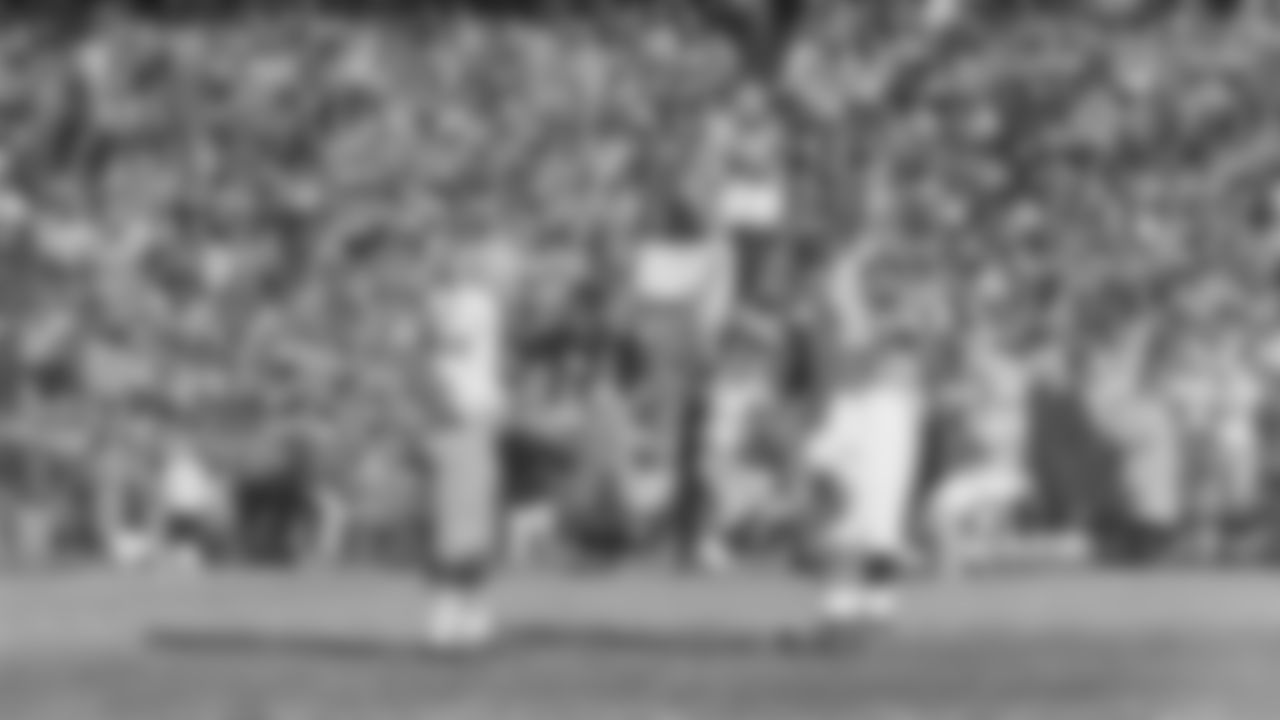
A still from the 1960 NFL Championship Game between the Green Bay Packers and Philadelphia Eagles
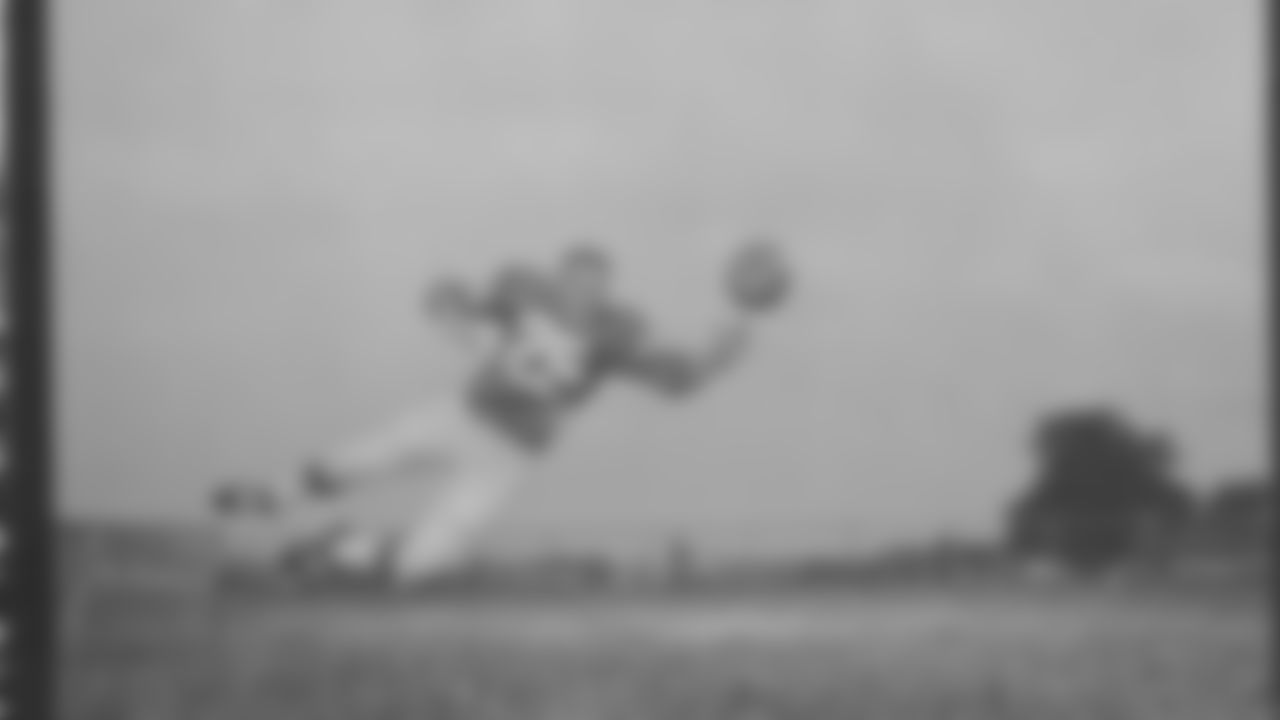
Tommy McDonald
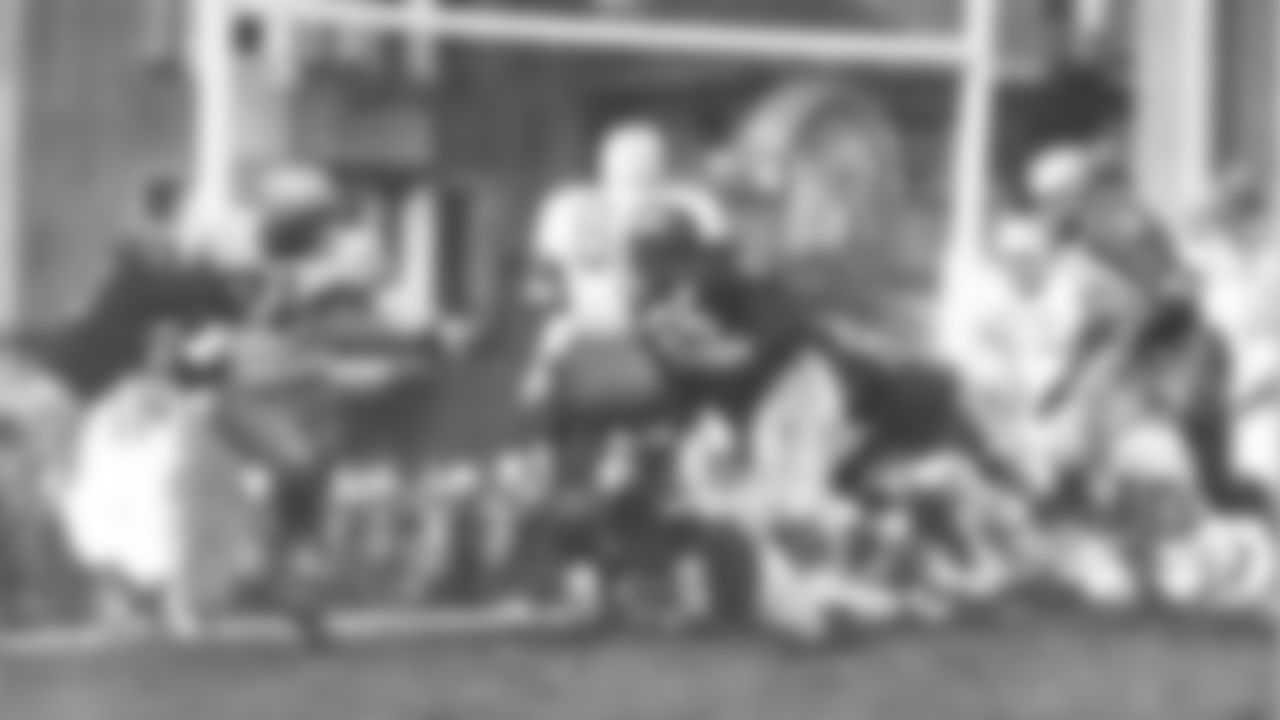
A still from the 1960 NFL Championship Game between the Green Bay Packers and Philadelphia Eagles
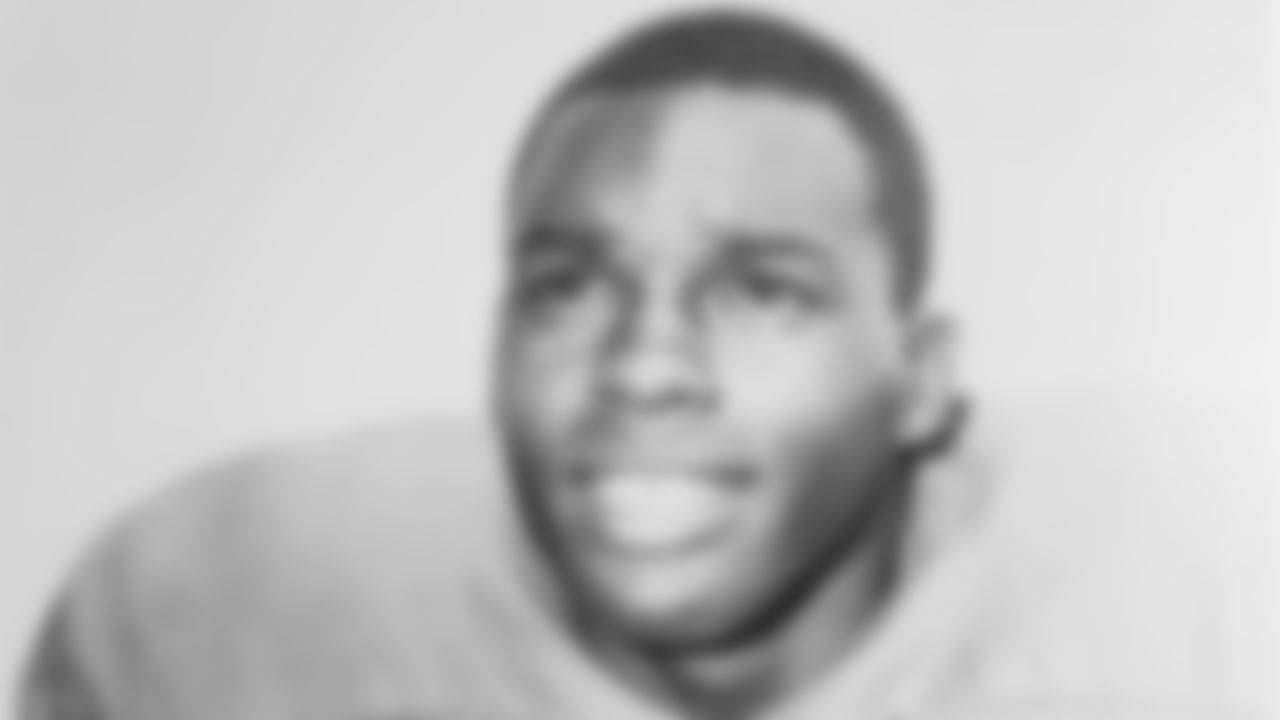
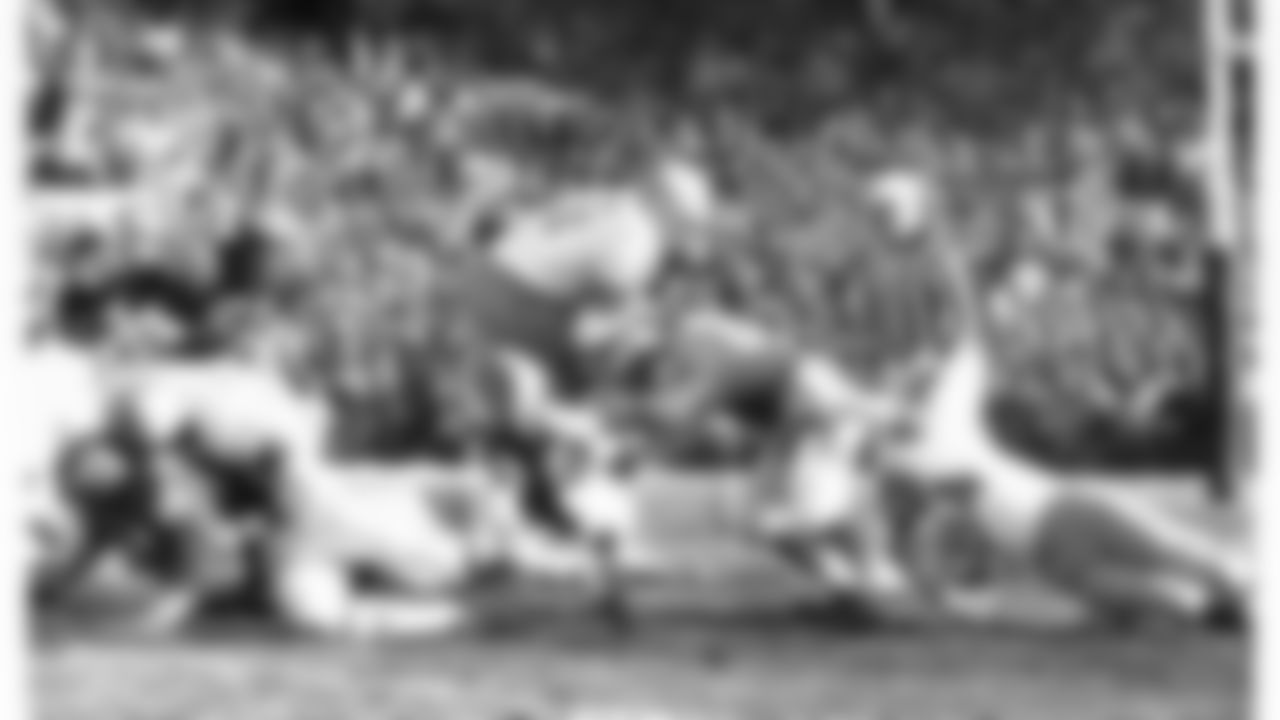
Chuck Bednarik makes the final tackle on Jim Taylor in the 1960 NFL Championship Game between the Green Bay Packers and Philadelphia Eagles
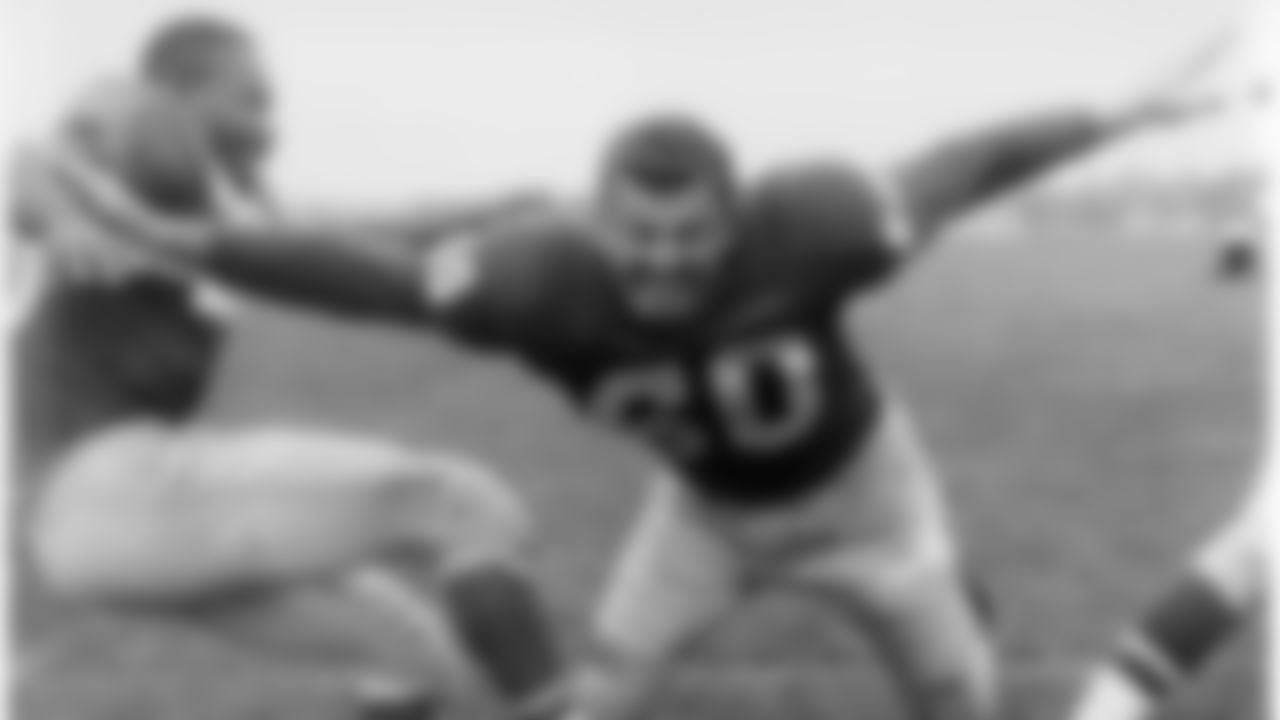
Chuck Bednarik
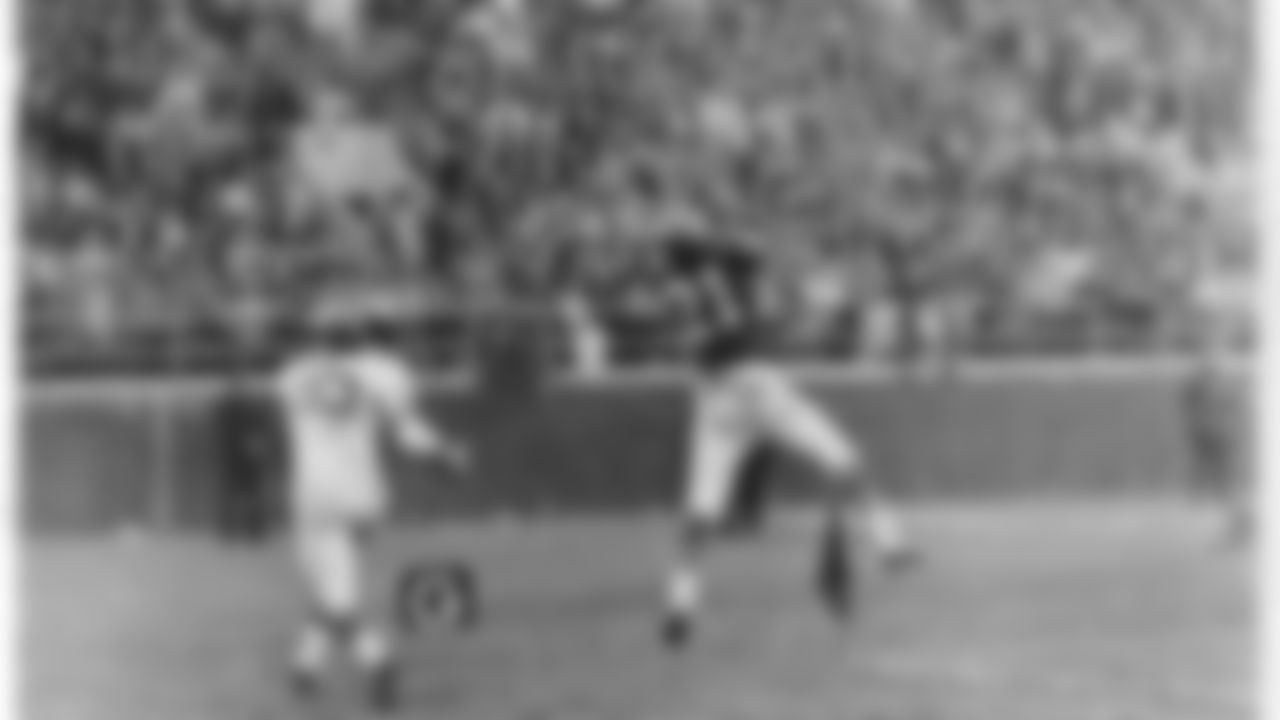
Jimmy Carr makes a play on the ball
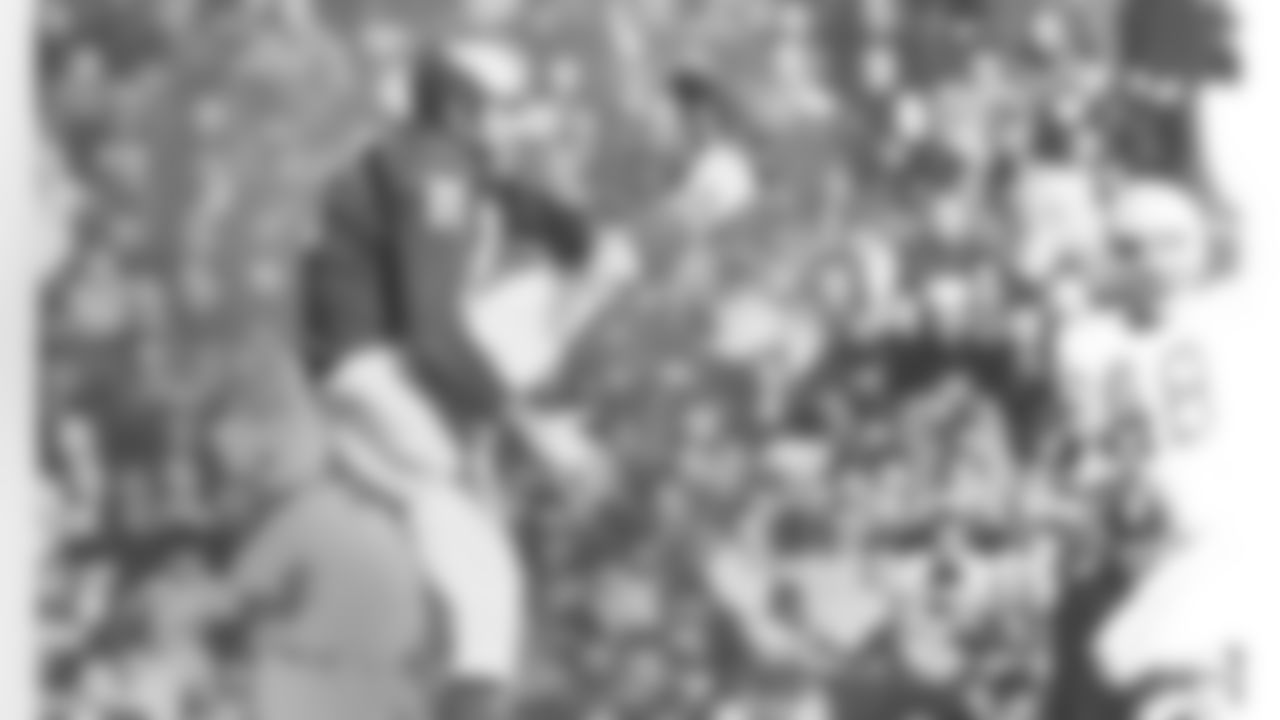
Norm Van Brocklin punts a ball away in the 1960 NFL Championship against the Green Bay Packers.
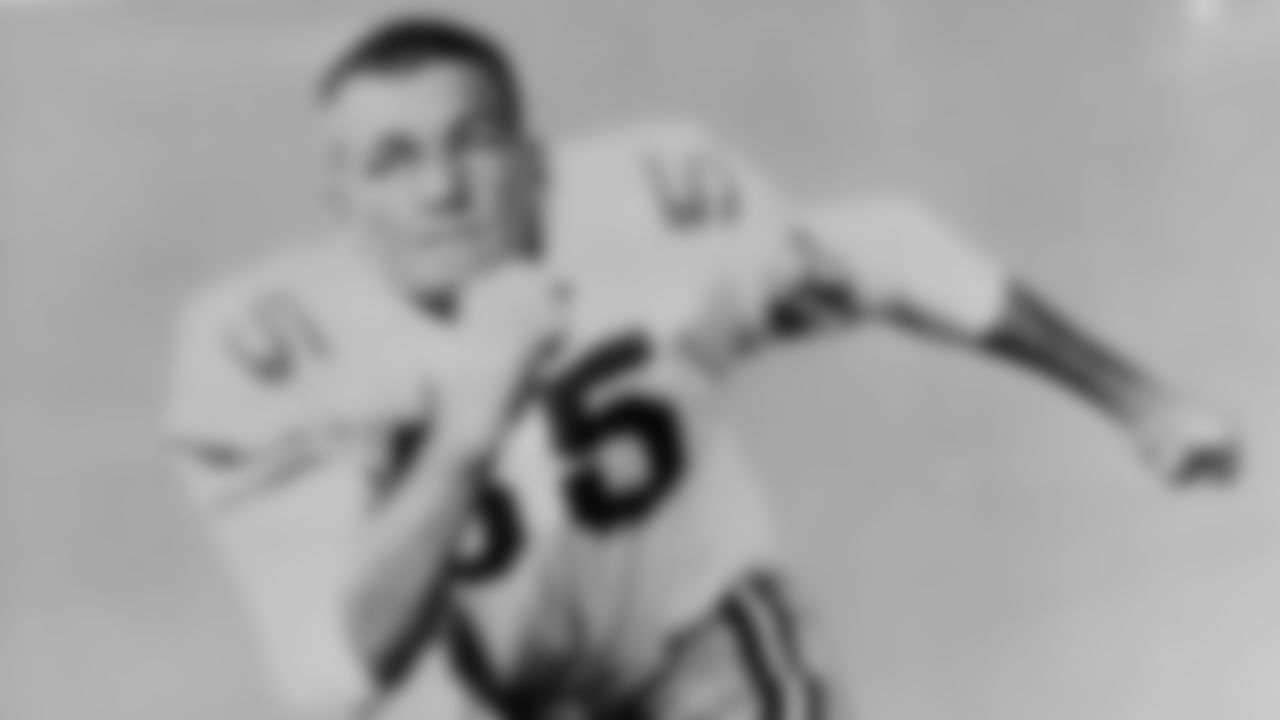
Maxie Baughan
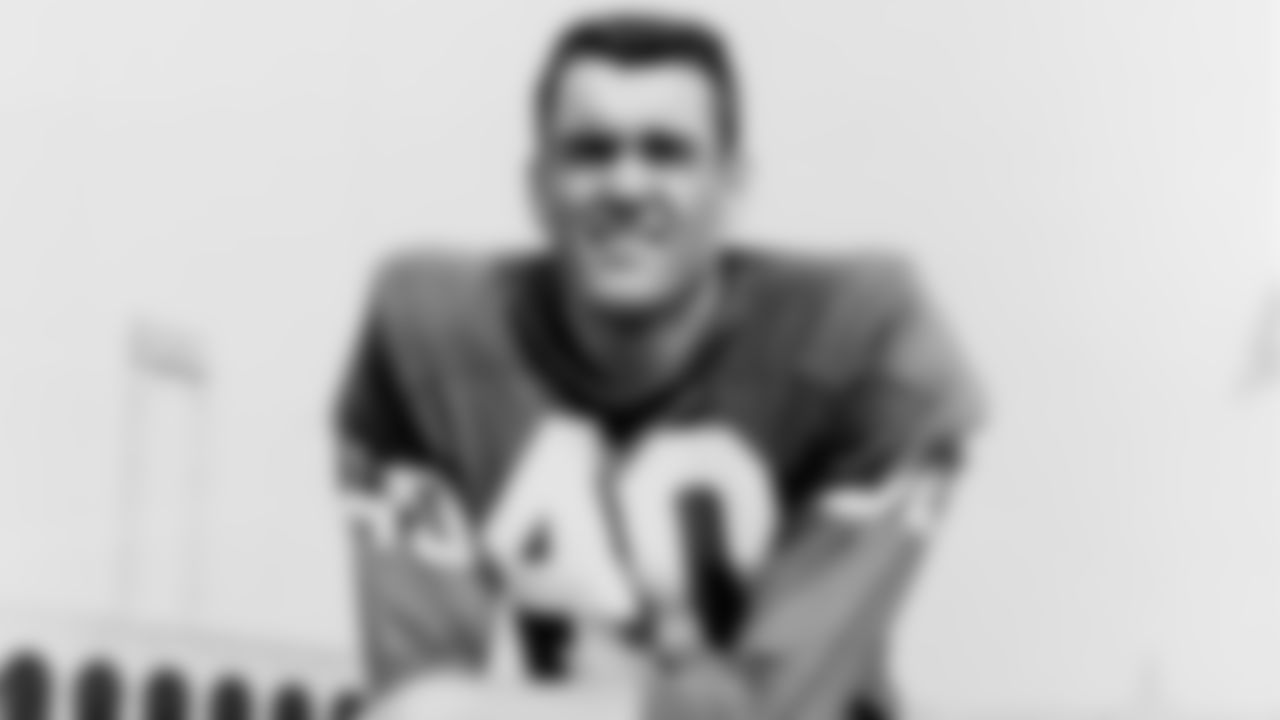
Tom Brookshier
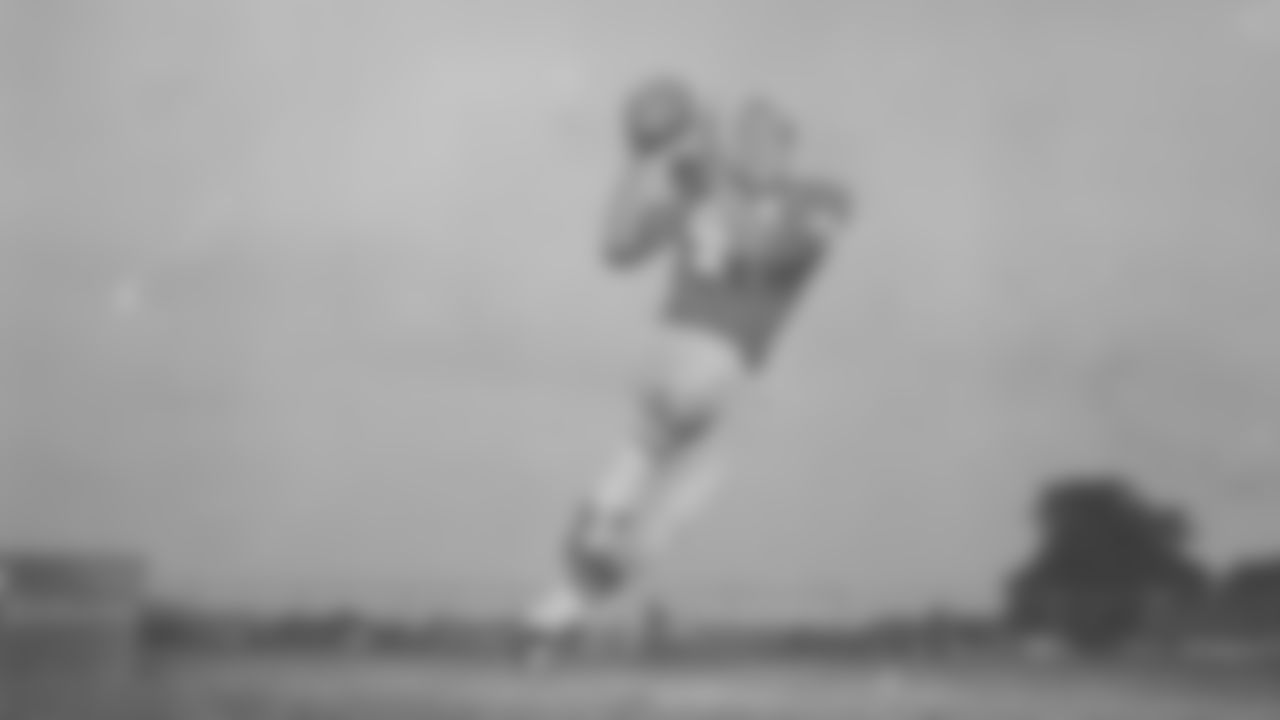
Pete Retzlaff
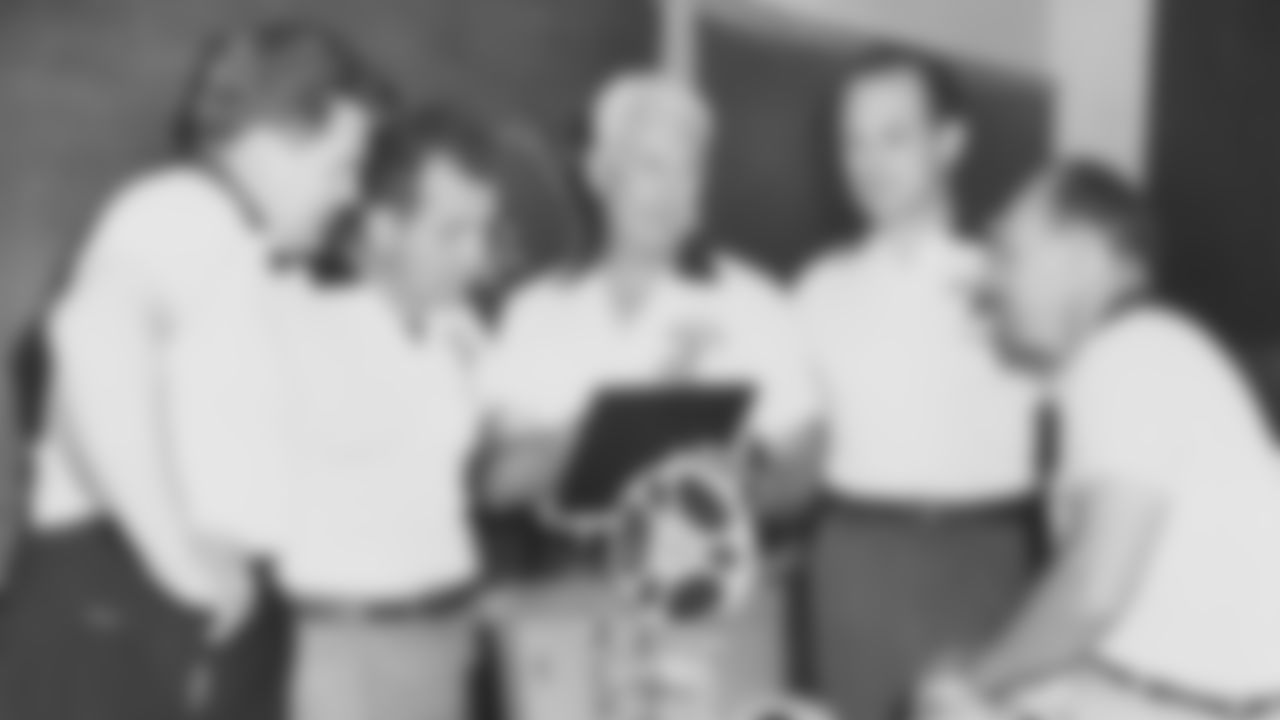
Eagles coaches discuss and design plays
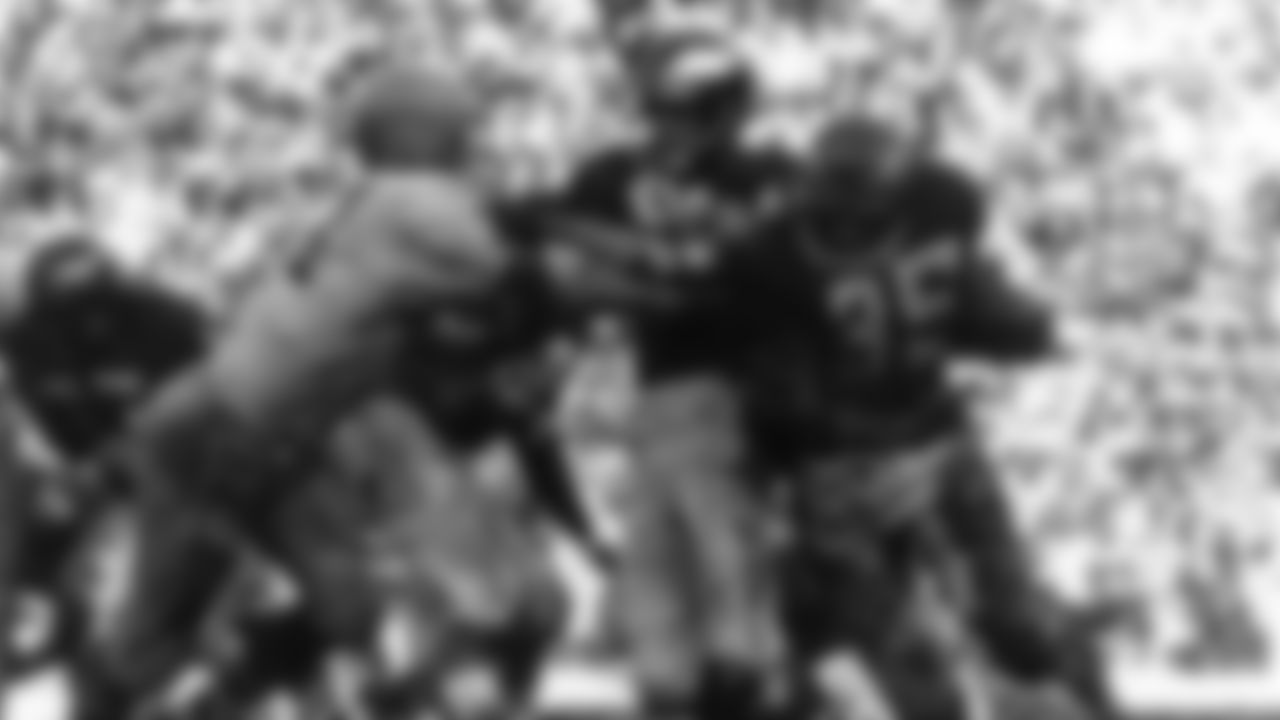
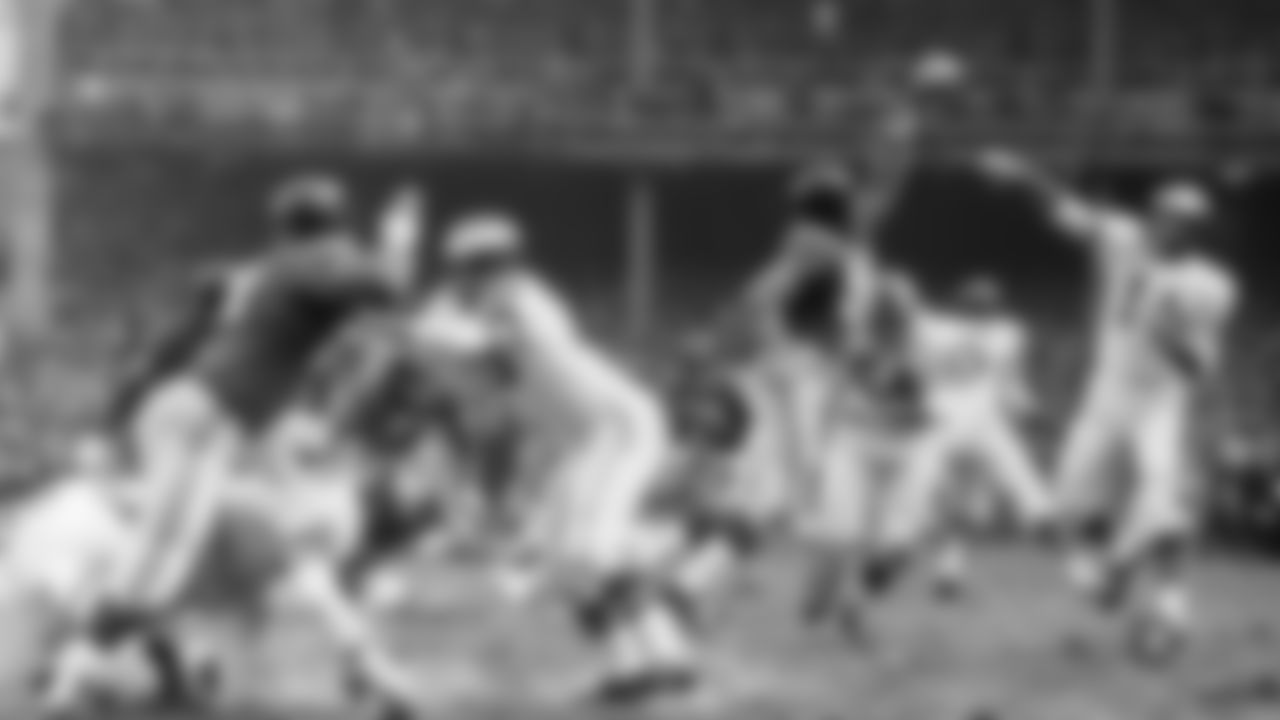
Following the 1961 campaign, Khayat was traded to Washington. He returned to Philadelphia in 1964 and played two seasons before concluding his 10-year career with Boston in 1966.
He then returned to the Eagles a second time in 1971 as an assistant coach. But after three games, all losses, the team's owner, Leonard Tose, dismissed Head Coach Jerry Williams and promoted Khayat to the top job.
"Let me tell you about Jerry," Khayat says. "If you asked (Tom) Brookshier or Maxie (Baughan) or Irv Cross or any of the guys, they'll tell you that Jerry was light years ahead of anybody on coverages. He was a brilliant guy. He had a law degree. He was a fighter pilot in World War II. He was a great player for the Eagles and a wonderful man. We all loved Jerry very much.
"It was a difficult thing when you're working somewhere and you lose a guy like that and you're asked to, on an interim basis, finish the year. It's difficult to say that you won't. If you're working somewhere and they ask you to do a job, then that's what you have to do.
"We had some degree of success. We lost the first two games to Minnesota and Oakland, two great ballclubs, but then we went 6-2-1 the rest of the year. And, of course, the next year we were not that successful. We didn't win but two games that year, and tied one."
After the two-year stint as the head coach, Khayat went on to work as an assistant coach for the Lions, Falcons, Colts, Patriots, and Buccaneers. In 1991, he went to the Arena Football League as a head coach in New Orleans. Six years later with the Nashville Kats, Khayat was named as the AFL's Coach of the Year and would become the team's general manager.
Now retired and residing in Nashville, Khayat and his wife, Deborah Dearing Khayat, an author and illustrator, have two sons – Ed Jr., who is a store manager in Nashville, and Bill, who has followed in his dad's footsteps.
"He's the head coach at Brevard College; it's a Division III school," Khayat says. "He coached for Dennis Green at the Arizona Cardinals and for Joe Gibbs at Washington. And he's coached all around since then.
"He's the third generation of coaches. My daddy was a high school coach in the '30s and early '40s. And, of course, all his players ended up fighting in (World War II). One of his players was already in the service when the war broke out and was in the Philippines.
"He was in the Bataan Death March and was a prisoner of war for the duration. And he said if he hadn't played football for Coach Eddie Khayat at Moss Point, Mississippi High School, he never would have survived the (66-mile) death march."





